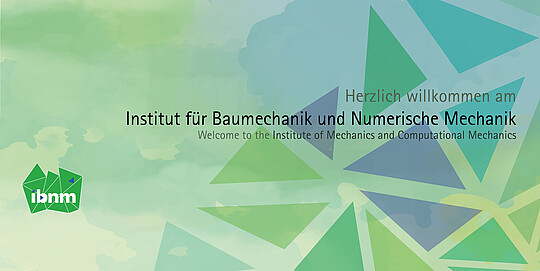In the current situation of a highly volatile energy market, the energy optimization of wastewater treatment plants is an important instrument for stabilizing the financial budget of municipal operators. Wastewater treatment plants are responsible for about 20 percent of the electricity consumption of all municipal facilities. For this reason, energy optimization at wastewater treatment plants in particular can make a significant contribution to reducing energy costs and the resulting indirect greenhouse gas emissions.
As part of the RePhoR joint project "Satellite" (“Process technologies in the main and satellite operation of an inter-municipal recycling center for optimized regional nutrient recycling”) funded by the BMBF, a model sewage treatment plant in the catchment area of the KNRN (Kommunale Nährstoffrückgewinnung Niedersachsen GmbH) was selected for large-scale testing of various options for energy optimization of sewage treatment plants. For this purpose, the sludge stabilization at the plant of the city of Pattensen was already changed last year from an aerobic full stabilization to an anaerobic partial stabilization. To this end, the total volume of the activation process was reduced by around 37 percent. This has been shown to result in energy savings due to the shorter residence time in the aeration tank while maintaining the same purification performance.
The next step is to investigate the extent to which the separation of solids in the influent, as is traditionally done by a primary clarifier, can contribute to the energy optimization of the wastewater treatment plant. The separation of solids using a primary clarifier is usually associated with a large area requirement and a high construction effort. An alternative to this are drum screens, which score with advantages in exactly these two categories. The use of such screens in other projects has already shown their applicability to wastewater treatment. For this reason, a large-scale test plant will be operated at the wastewater treatment plant for about 6 weeks as part of the Satellite project.
The incoming wastewater of the Pattensen wastewater treatment plant first flows through the mechanical treatment (screen and grit trap) before it reaches the biological treatment (aeration tank). In the third step, the mechanical treatment is followed by the drum screen. The screen is lined on the inside with a fabric whose meshes have a width of 0.3 mm. The drum, as well as the entire plant technology, is installed in a 20-foot container so that no structural engineering measures have to be carried out for the test operation. The drum screen is fed from the inside with wastewater from the inlet channel (approx. 90 m3 wastewater per hour), which then flows through the mesh. Outside the screen, the water then collects between the drum and the container wall and flows over a weir in a free fall to the inlet of the activated sludge plant. The solids retained by the mesh collect on the inside of the screen drum and form a small filter cake. To ensure that the flow resistance is not too high and that solids are ultimately also separated, the screen drum rotates and at the top dead center, the adhering solids are flushed off by compressed air or water and fall into a sludge collection channel. The solids that accumulate there then form the primary sludge.
The primary sludge consists of solids that are more than 80 percent organic compounds (COD - "chemical oxygen demand"), which are degraded by microorganisms in the biological treatment process using dissolved oxygen. By discharging these solids as primary sludge in the drum screen, the load on the biological treatment can also be reduced by discharging other dirt fractions (ammonium - NH4 and phosphate - PO4).
Due to the drum screen, solids are separated that were otherwise previously degraded in the activated sludge system by oxygen consumption. The volume of air blown in by compressors is reduced by up to 40 percent as a result of the reduced COD load in the aeration tank feed. Since aeration accounts for about 60 percent of the power consumption of a wastewater treatment plant, the reduced aeration volume is directly reflected in the power consumption of the treatment plant. Preliminary modeling studies have shown that a drum screen reduces total electricity consumption by ten to 25 percent. In addition to the direct savings in electricity consumption, primary sludge is also produced, which is very energy-rich. In the case of the Pattensen wastewater treatment plant, this sludge is mixed with the surplus sludge and transported to the Hildesheim wastewater treatment plant, where the sludge is anaerobically stabilized in a digester. Due to the additional primary sludge, a significantly higher gas yield can be expected compared to digestion with surplus sludge only. Thus, the net energy saving/recovery is again greater. With the course of the large-scale test phase at the Pattensen wastewater treatment plant, we hope to be able to classify the aforementioned parameters.






































